RBA left cash rate unchanged at 0.25% as widely expected. The target for 3-year AGS was also kept at 0.25%. On the other hand, it decided to increase the size of the Term Funding Facility to around AUD 200B. Also, the access to facility will also be extended. It also pledged to maintain “highly accommodative settings as long as is required”. It “will not increase the cash rate target until progress is being made towards full employment and it is confident that inflation will be sustainably within the 2–3 per cent target band.”
On the economy, RBA reiterated that the downside is “not as severe as earlier expected”. But recovery is “both uneven and bumpy” with outbreak in Victoria having a “major effect” of the state’s economy. Unemployment and underemployment “remain high” and it’s “likely to be some months” before a meaningful recovery in labor market takes place. Wages and price prices pressures also “remain subdued” and “likely to continue for some time”.
RBA also acknowledged that “US dollar has depreciated against most currencies over recent months. Given this and higher commodity prices, the Australian dollar has appreciated, to be around its highest level in nearly two years.”




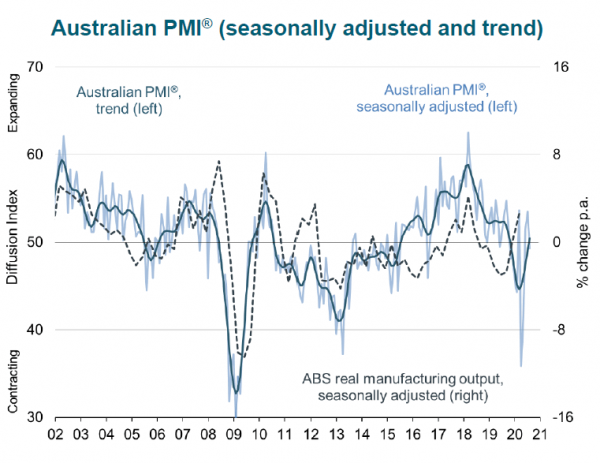
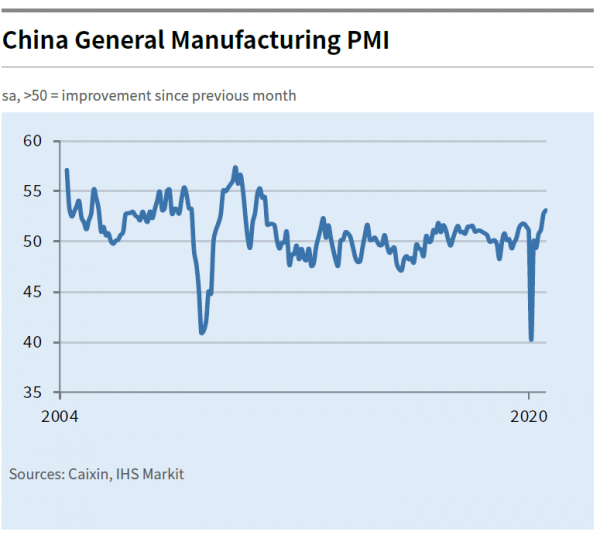
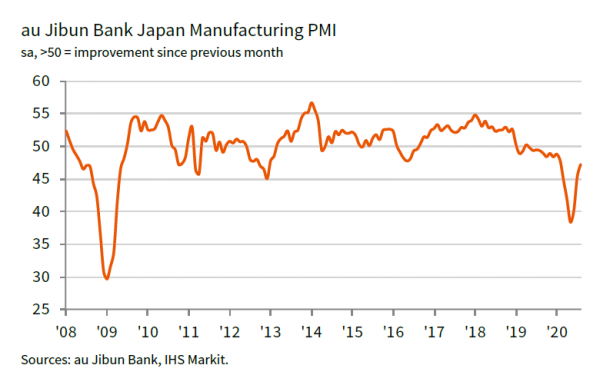
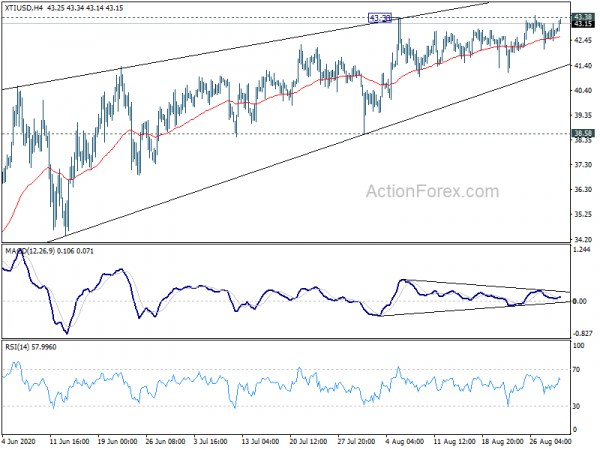
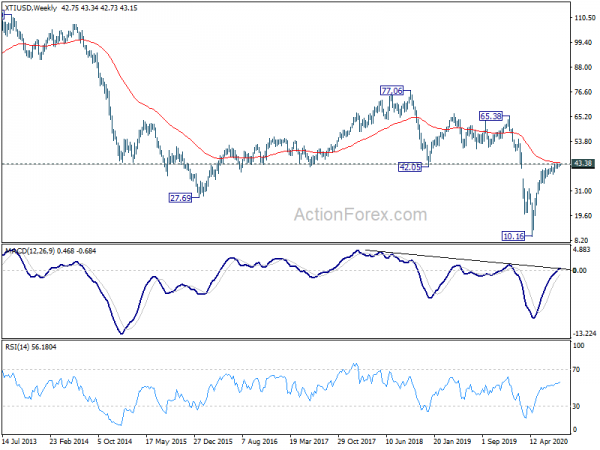
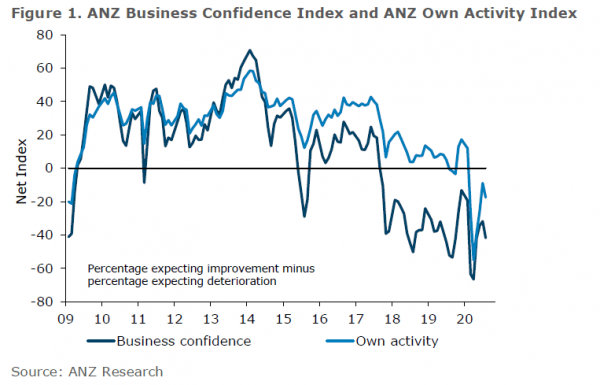
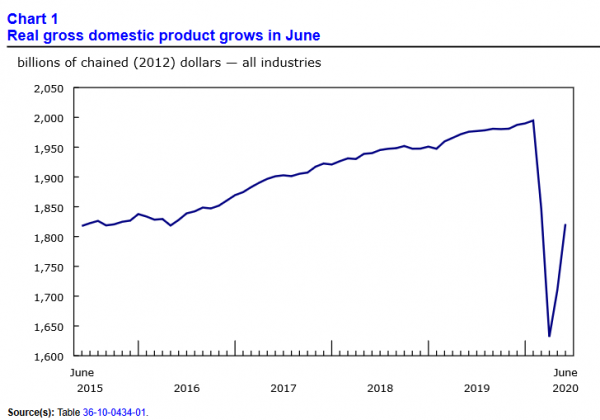
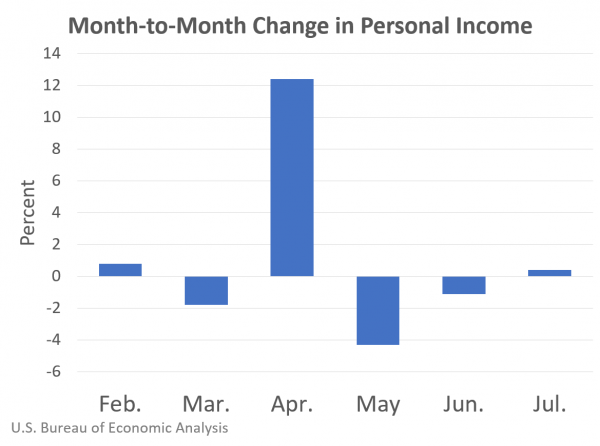
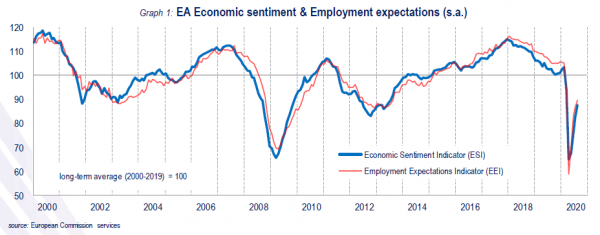
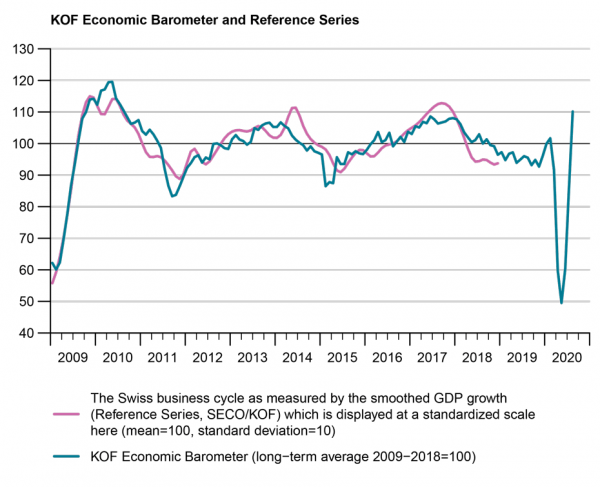
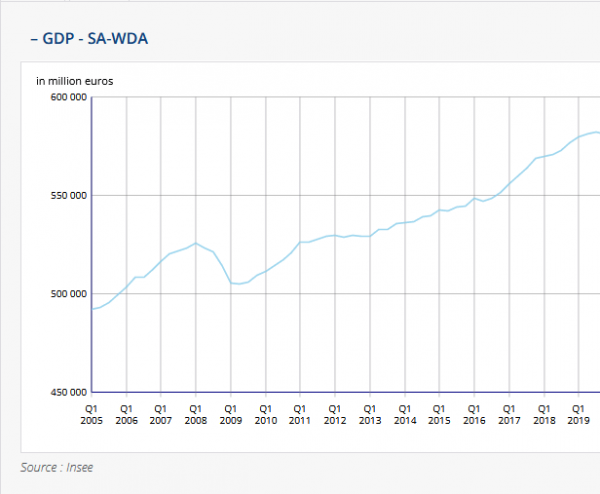
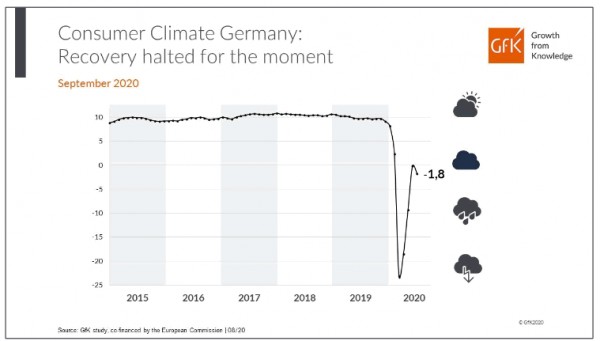
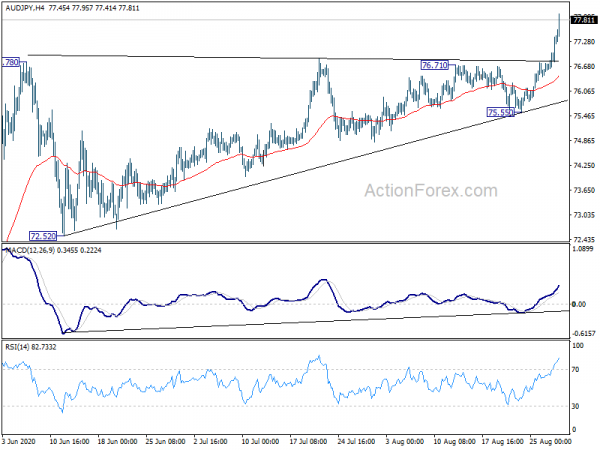
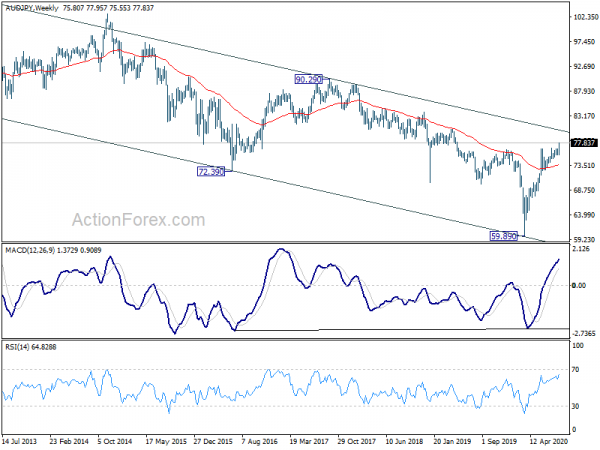

Eurozone PMI manufacturing finalized at 51.7, next few months’ data all-important
Eurozone PMI Manufacturing was finalized at 51.7 in August, slightly down from July’s 51.8. Markit noted marked gains in output and new orders. Also, confidence was highest for over two years but job losses continued at strong rate. Among the member states, Italy hit 26-month high at 53.1. Germany hit 22-month high at 52.2. But Spain, France and Greece are in contraction.
Chris Williamson, Chief Business Economist at IHS Markit said:
“Eurozone factory output rose strongly again in August, providing further encouraging evidence that production will rebound sharply in the third quarter after the collapse seen at the height of the COVID- 19 pandemic in the second quarter. Business expectations for output in a year’s time also rose to the highest for over two years as prospects continued to brighten from the unprecedented gloom seen earlier in 2020.
“Caution is warranted in assessing the likely production trend… Worryingly, order book growth cooled slightly in August, and there are indications that firms are bracing for a near-term weakening of demand… Of note, a key theme of the latest survey is one of firms taking a cautious approach to costs and spending, notably in respect to investment and hiring… “In short, manufacturing is currently being buoyed by a wave of pent up demand, but capacity is being scaled back. The next few months’ data will be all-important in assessing the sustainability of the upturn.”
Full release here.